From Confusion to Clarity
How to Engage with Teens on the Subject of Consent
When it comes to consent and teens, there can be as many questions as there are answers. What do they know? What do they not know? There are endless amounts of information available on the topic, but how much of it is getting into the hearts and minds of young people? One can hardly walk through the halls of any given high school and not see posters directed at teaching students the meaning of consent. And yet, studies continue to show that most teens are confused by it. Something is not adding up.
Given the messages teens receive in the media, we can no longer assume that a basic understanding of consent will stand firm against the tidal wave of misogyny and violent imagery that young people come across on their screens, as well as the tidal wave of conflicting information.
Consent can be “informed,” “Implied,” or “explicit.” It can be “active” or “passive.” Consent can be something that people “Opt in” or “opt out” of. While most of these terms apply to personal data, teenagers are just as likely to be familiar with them as terms that apply to sexual safety, like “affirmative consent.”
Some teens have been told that affirmative consent is the only way to ensure both parties have given their full agreement. Others have been told that affirmative consent has the potential to be coercive, since you can pressure someone to agree to engage in sexual activity.
No wonder teens are confused when the adults who are supposed to be teaching them are disagreeing with each other.
Affirmative consent is a great example of these types of disagreements. The very definition concludes that in order to qualify as affirmative consent, any sexual activity must be “knowing, voluntary, and mutually agreed upon by both parties.” The words voluntary and mutually agreed upon preclude coercion, and yet teens are still being told otherwise.
With so many terms and so many different opinions, it’s easy to see why teens are confused since perhaps adults are too. The Library of Medicine (Aug. 2021) admonished the entire culture when it had this to say:
“Cultural norms must be changed to support verbal, affirmative sexual consent. In addition, adolescents must be aided in the development of skills to request sexual consent, say “yes” to specific activities, and say “no” to others.
“Without supportive norms and skills to enhance self-efficacy, adolescents may be unwilling to engage in verbal communication about sexual consent and boundaries.”
How do we build supportive norms when the arena is flooded with information, both confusing and conflicting? How do we engage with young people in a way that invites their viewpoints, lived experience and questions to the table? At Be Strong, Be Wise, we believe each teenager is the expert of their own life and experiences, and as such, has the ability to engage in discussion about consent when invited to do so.
In teaching our course, we’ve observed that when teens are asked to reflect on what consent means to them, as well as explore the challenges involved in ensuring mutual consent, they emerge with a greater sense of mastery on the subject, and a greater awareness of themselves.
Since consent requires communication between two people, we’ve also observed that teens are often under-developed in the skill of communication, which makes sense given their life stage. In our course, we include activities that invite students to come up with their own “script” for different scenarios that involve a navigation of boundaries. What would they say if someone was making them uncomfortable? What would they say to ensure that a partner is comfortable?
These questions enlist the art of personal reflection, a requirement in exploring a subject as vast as consent. In addition, they are questions that can be reapplied at every life stage as a young person grows into adulthood.
What are some questions that invite personal reflection in teens? Here are a few important ones:
What are some rules for yourself if you and/or your partner have been drinking and are fooling around with each other in ways you haven’t before? How do you ensure consent?
What are the scenarios you’ve heard about from friends that have made you question whether the sexual activity was consensual?
Do you feel confident you know how to ensure that a partner is comfortable (with any sexual activity)?
Do you think of yourself as someone who can read body cues well if your partner begins to feel uncomfortable but has trouble verbalizing their feelings?
Do you feel comfortable sharing your own sexual boundaries with a partner?
At Be Strong, Be Wise, we are committed to cultivating the art of engagement with young people. Engagement is a crucial skill if we are to address the rise in sexual violence among this age group. As we continue to partner with schools, we’ve observed the confidence that likewise builds in adults when offered a pathway for increased engagement. If interested in learning more about our courses for Youth and our Training for Educators, go to: bestrongbewise.com/curriculum.

